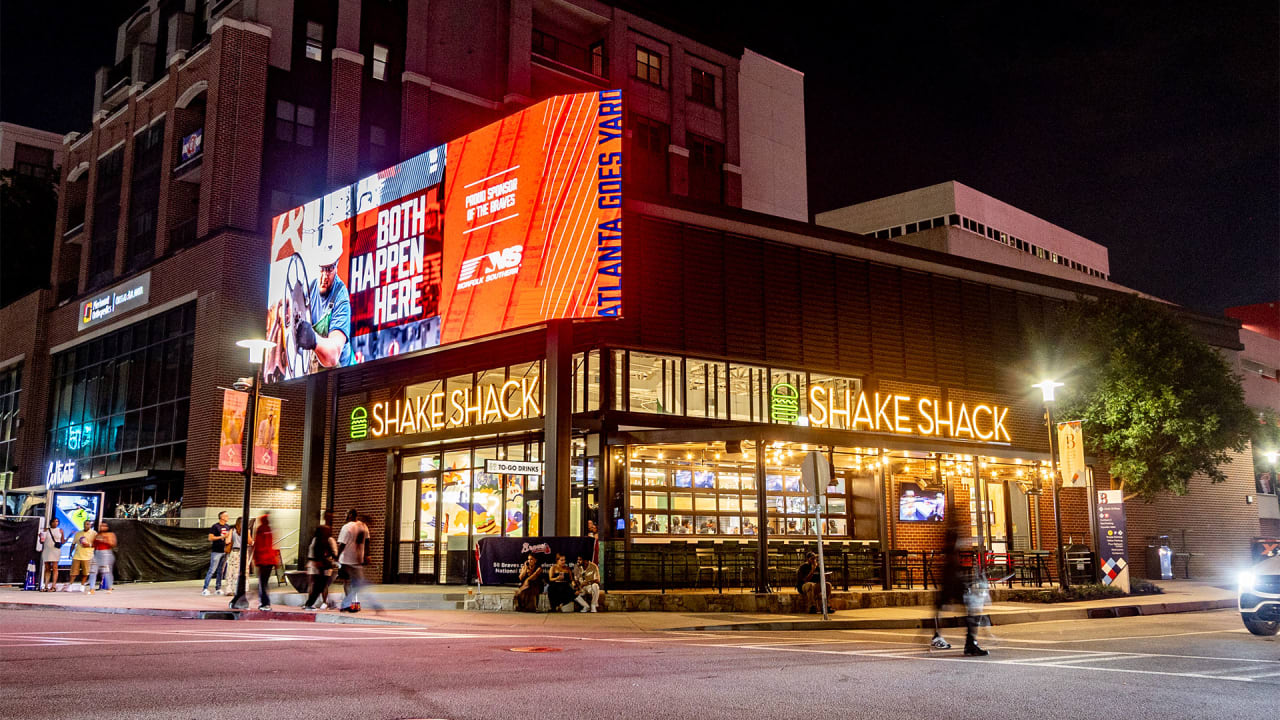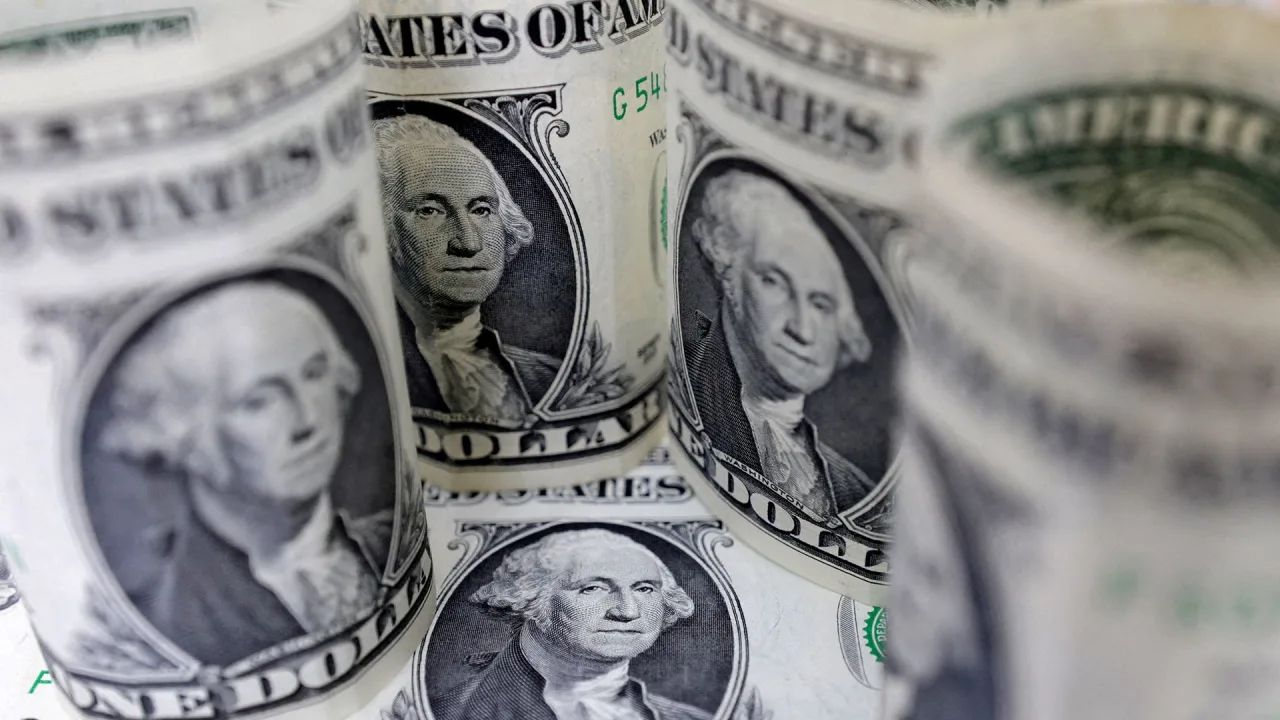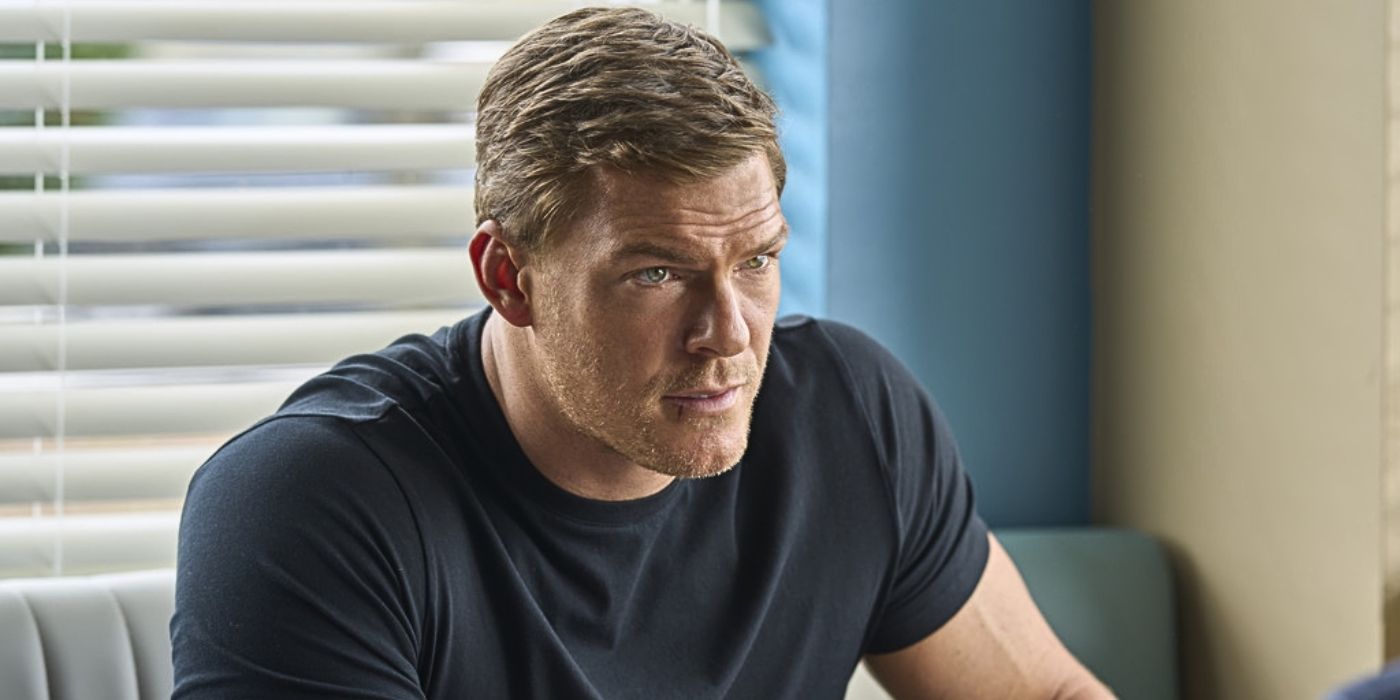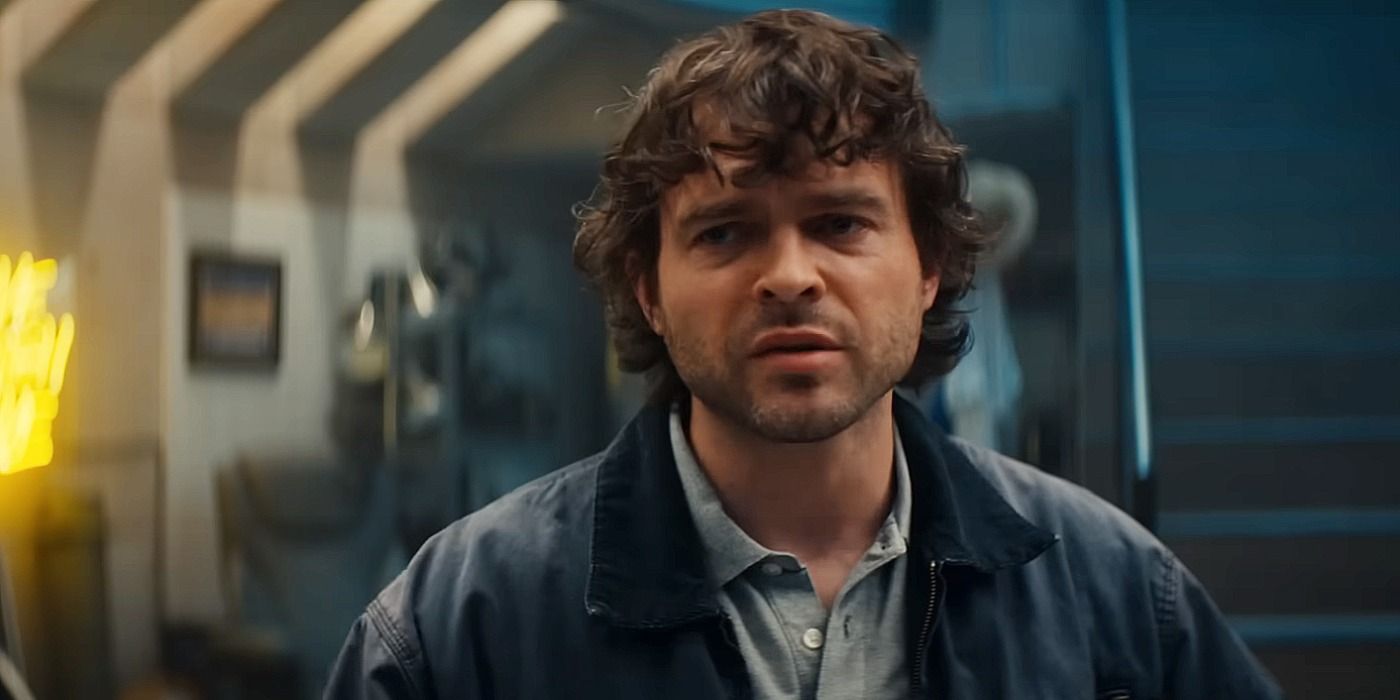8 great design books to read this summer

When I grew up in the ’80s and ’90s, summer was all about quasi-anarchic, unsupervised free-range child roaming. It was decidedly not about homework, so you may not recall those reading lists teachers used to assign us all that fondly. But I do! (I even once assigned myself a book report for the fun of it—don’t ask.)
As a book hound who grew up to be a journalist who covers books and authors, I get pitched a lot of them, and more often than not there’s a precarious tower of tomes on my desk. So as summer kicks off, it’s time to once again get lost in a reading list.
Whether you’re beach bound or holed up at home, these eight books offer myriad lenses through which to view the past, present, and future of design and the arts—no book report required.
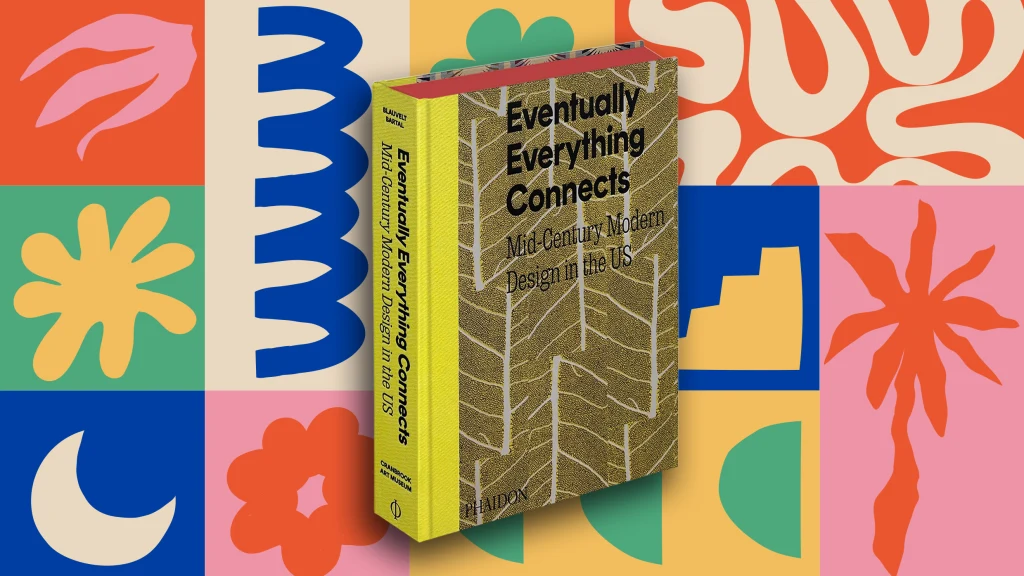
Eventually Everything Connects: Mid-Century Modern Design in the US compiled by Andrew Satake Blauvelt (out July 3)
Cranbrook alum Charles Eames once said, “Eventually everything connects: people, ideas, objects.” This book explores those intersections at the school that was essentially ground zero for the mid-century modern movement. Curated by Andrew Blauvelt (director of the Cranbrook Art Museum, which is hosting an exhibition of the same title through September 21), this 464-page tome explores work by the likes of Eero Saarinen and Florence Knoll, as well as women and designers of color who are often overlooked in the history books. Like Dominic Bradbury’s Mid-Century Modern Designers, Blauvelt’s examination offers a spotlight and reappraisal of these unsung heroes alongside the usual names, and it does so with a great editorial design system notable for its use of color, which extends to the cover, spine, and even those painted edges.
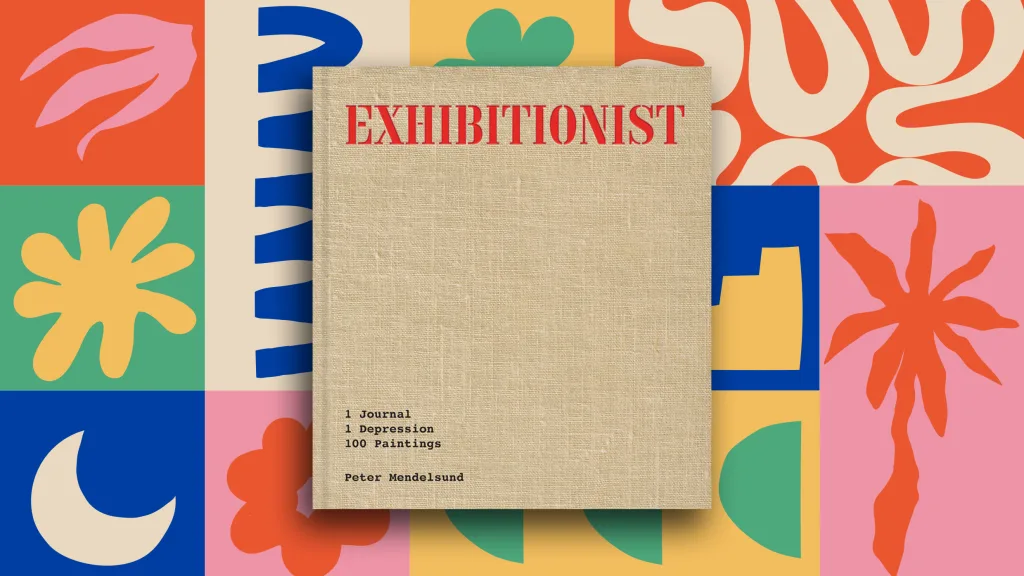
Exhibitionist: 1 Journal, 1 Depression, 100 Paintings by Peter Mendelsund
Peter Mendelsund is the definition of a polymath: classical pianist turned book cover design extraordinaire, turned author, turned Atlantic creative director . . .
But the one thing he never did was paint—until he experienced a severe depression that nearly claimed his life. Exhibitionist is a memoir that might not be the lightest summer read, but it is a testament to the sheer restorative nature of art, and the work that just might have saved one of the best working artists today.
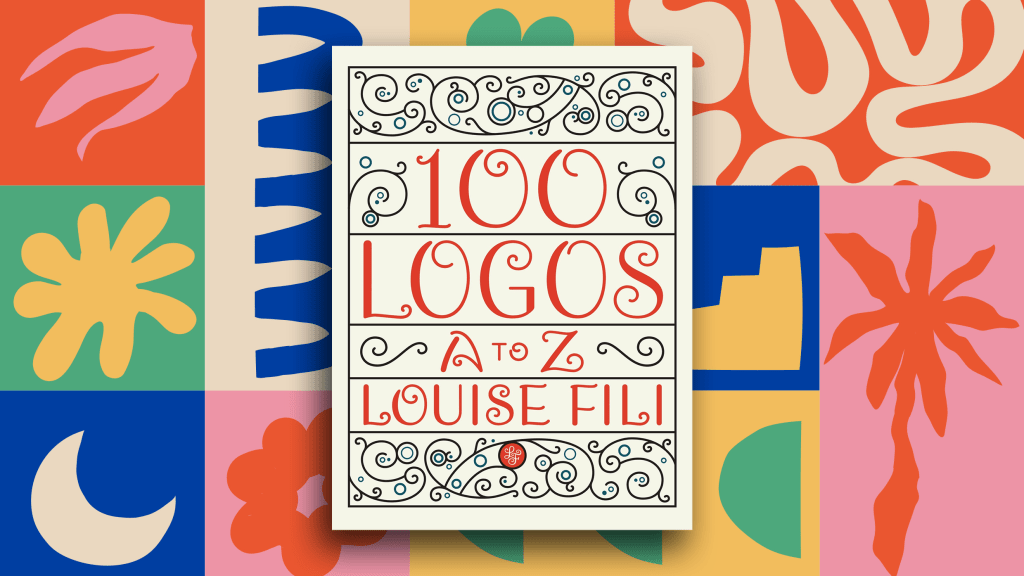
100 Logos: A to Z by Louise Fili (out August 26)
This tiny treat features lettering icon Louise Fili’s favorite marks from throughout her career, from Ecco Press and Tiffany & Co. to more obscure regional clients—where the work truly surprises and delights, perhaps the result of being untethered from boardrooms and committees. You could flip through the book in about 5 or 10 minutes—but you could also look at this collection of ornate logos for hours, given the artistry and attention to scrupulous detail that went into each one.
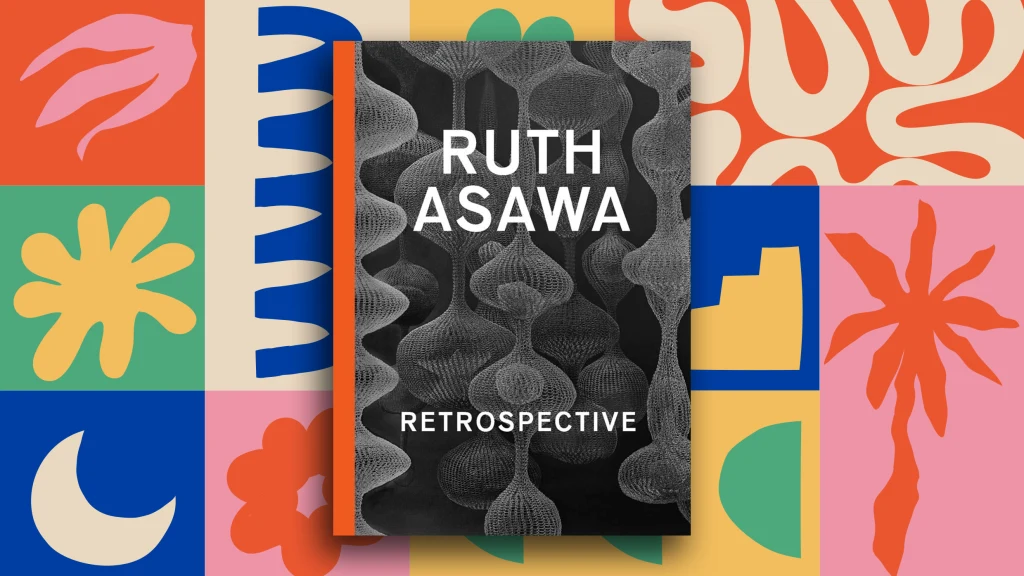
Ruth Asawa: Retrospective edited by Janet Bishop and Cara Manes
If you’re only familiar with Ruth Asawa’s iconic wire sculptures, you’re in for a treat—because for a half-century-plus, the trailblazer was busy making paintings, casts, prints, and more, and it can all be found in this book. In 2020, Chronicle published the insightful biography Everything She Touched, and this volume is a robust, essential companion that goes further down the rabbit hole of Asawa’s brilliance. (Moreover, between the recently published Ruth Asawa and the Artist-Mother at Midcentury and the forthcoming Ruth Asawa: The Tamarind Prints, it’s a big year for fresh insights into the modernist whose work we might have thought we knew well.)
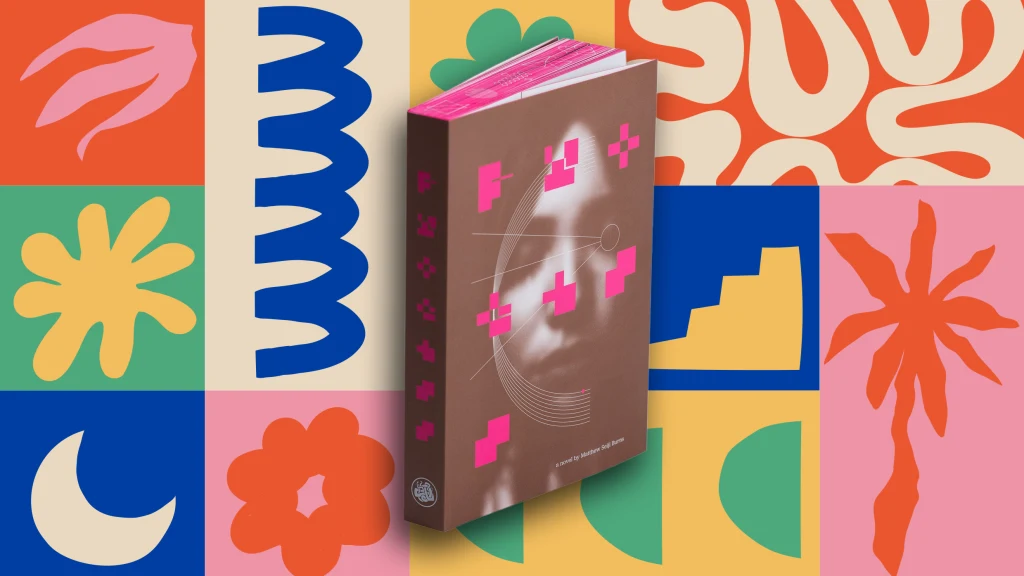
Process by Matthew Seiji Burns, featuring design by Mark Wynne
The plot of this novel is straightforward enough (and likely uncomfortably familiar to many who work in Silicon Valley): “Lucas Adderson is a young man driven by an almost animalistic need to find outsized success creating the next unicorn tech juggernaut. His days are riddled with surreal meetings and strange characters, anxiety, and self-torture. Finally, after years of trying, his goal is within his grasp, but its consummation occurs at a great cost to his humanity, and perhaps everyone else’s too.”
What is wholly unfamiliar is the design by Wynne and publisher Tune & Fairweather, best known for its gorgeous books exploring the worlds of FromSoftware video games like Elden Ring and Bloodborne. Among Wynne’s inspirations were visually interwoven reads like House of Leaves and The Medium is the Massage, and here he immerses readers in the story through experimental typography. The type shape-shifts; it expands and contracts; it fragments; as the main character’s mental state breaks down, it does, too. It can be demanding at times—but with that challenge comes immersion, and a curious new reading experience.

Self-Portraits: From 1800 to the Present curated by Philippe Ségalot and Morgane Guillet
We’re accustomed to seeing self-portraits as curious one-off moments in an artist’s show or museum—but to see a collection of some 60 in one place is as obvious as it is remarkable. From Pablo Picasso to Paul Gauguin and Cindy Sherman, this “intimate journey across art history” ultimately fascinates in not just seeing how an artist distills themselves through their own filter, but in questioning and probing what self-portraiture means at large. While I wouldn’t shove this book into a beach bag—it is, after all, a luxe Assouline volume—it very much invites a place for pondering on your coffee table.

The Education of a Design Writer by Steven Heller and Molly Heintz (out June 24)
I’m not recommending this book because I have an essay inside it—I’m doing so because of all the other people who do, too: Ken Carbone, Chappell Ellison, Jarrett Fuller, Rick Griffith, Karrie Jacobs, Mark Kingsley, Warren Lehrer, Ellen Lupton, Silas Munro, Virginia Postrel, Anne Quito, Angela Riechers, Adrian Shaughnessy, Veronique Vienne, Rob Walker . . . and the list goes on.
With 200-plus books under his belt, Steven Heller (who I’ve edited for a number of years) is perhaps the best-known design writer outside of Philip B. Meggs. So when he pulls together a book on the craft, as he did here with Molly Heintz, the rest of us are wise to listen (or, you know, read—and then write).

Ukrainian Modernism by Dmytro Soloviov
Full disclosure: I know very little about Ukrainian modernist architecture. But I’m apparently not alone. Per Fuel Publishing, these “ingenious” buildings have not gotten their due for a variety of factors—“including the stigma of belonging to the Soviet era, corruption, neglect, as well as the ongoing threat of destruction from both unscrupulous developers and war.” So, Soloviov sought to give them their due, with their resilience perhaps a mirror to Ukraine’s people at large.
Another full disclosure: I have not yet gotten my hands on a copy of this book—but I can’t wait to rectify my knowledge when I do. Homework: assigned.
Extra Credit!
- The Invention of Design by Maggie Gram
- Draw by Kenya Hara
- Jason Polan: The Post Office edited by Jason Fulford (out September 23)
- Extraordinary Pools by Naina Gupta
- Good Movies as Old Books by Matt Stevens
- The War of Art: A History of Artists’ Protest in America by Lauren O’Neill-Butler (out June 17)
- Gardens for Modern Houses by Beth Dunlop
What's Your Reaction?
 Like
0
Like
0
 Dislike
0
Dislike
0
 Love
0
Love
0
 Funny
0
Funny
0
 Angry
0
Angry
0
 Sad
0
Sad
0
 Wow
0
Wow
0













